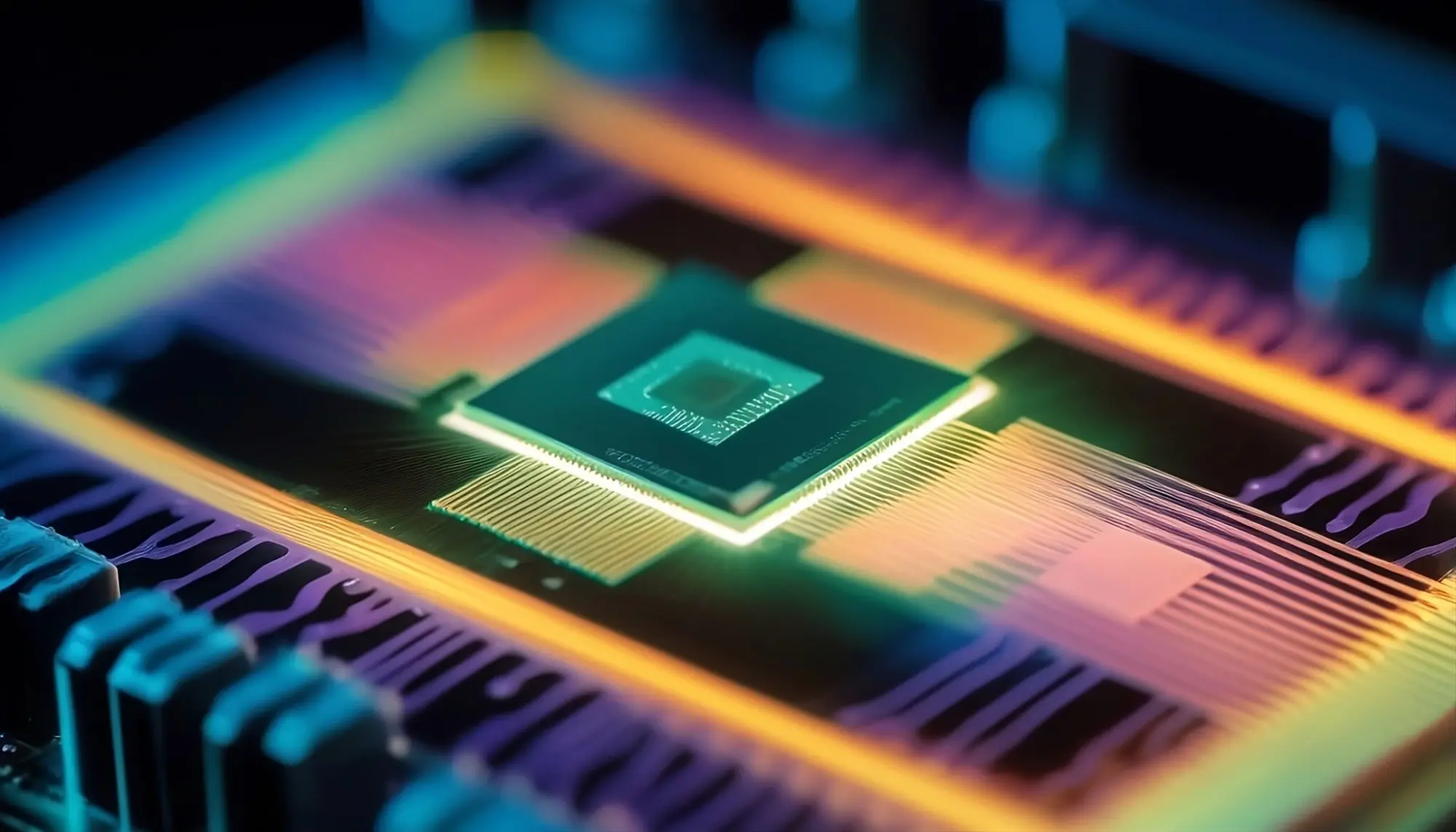Critical Point Drying: Safeguarding Delicate Structures for Advanced Analysis

Preserving the integrity of delicate samples is a critical challenge in nanotechnology, and the Leica CPD3 Critical Point Dryer addresses this with precision and reliability. By transitioning samples from liquid to gas phase without surface tension damage, it ensures structures remain intact for analysis or further processing.
The CPD3 uses supercritical CO2 to replace liquid solvents, reaching the critical point where phase boundaries vanish. This prevents collapse in fragile structures like aerogels, biological tissues, or nanoscale scaffolds. Automated controls for temperature, pressure, and fluid exchange ensure consistent results, while safety features protect both the sample and operator.
In applications, CPD is vital for preparing samples for SEM or TEM, preserving features like cell organelles or porous nanomaterials. In photonics, it maintains the integrity of delicate waveguides, ensuring accurate optical performance. We integrate the CPD3 into our workflows, preparing samples for characterization with tools like AFM or spectroscopy, delivering comprehensive data.
Our expertise optimizes CPD protocols for specific materials, adjusting parameters like cooling rates to minimize thermal stress. For a recent project involving graphene-based sensors, we used CPD to preserve pore structures, enabling precise electrical measurements.
Future innovations, such as real-time monitoring during drying, will enhance the technique’s capabilities. Our services ensure samples are prepared with the highest fidelity, supporting cutting-edge research and development.


